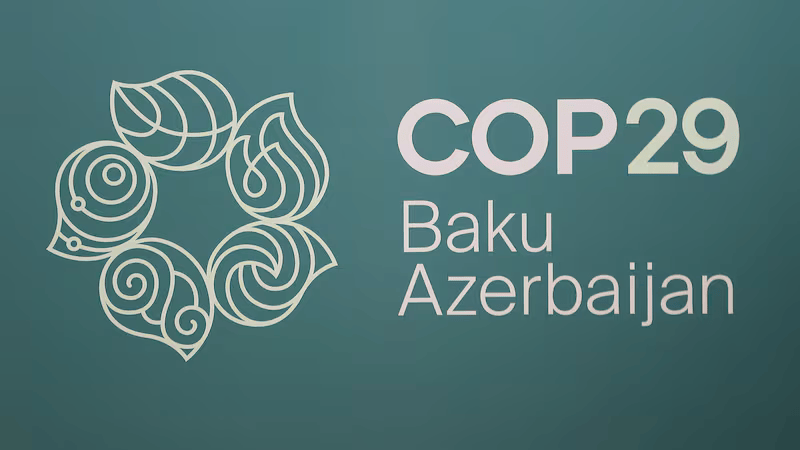South Africa and Ghana have considered the rental of power ships — a special purpose marine vehicle on which a power plant is installed as a short-term solution to solve the energy crisis. The Ghanaian government has requested two power ships from Turkish energy producer Karadeniz Holdings’ Karpowership unit.
This potential solution was presented to Eskom, the Department of Energy and the Department of Public Enterprises by the same Turkish company.
Department of Energy deputy director-general for policy, planning and clean energy Ompi Aphane said it was looking into short-term alternative solutions such as a power barge and power ships.
Karadeniz Holdings presented the power ships as an alternative to Eskom’s open cycle gas turbines that use expensive diesel to generate electricity during peak demand.
The two open cycle gas turbines plants were built on the basis that the technology had been proven all over the world with numerous suppliers, along with the advantage of being built in three to four years. The turbines, built in 2004, have a 1,000MW generation capacity and a life span of about 25 years.
Despite the turbines’ reliability, power ships are increasingly viewed as a more efficient alternative for mitigating SA’s energy crisis.
Instead of diesel, for instance, the power ships use heavy oil fuel to generate electricity, and Karpowership is planning to use natural gas in the long run. The energy producer also operates and maintains its own power ships with two-to five-year rental contracts. The technology allows a station to operate for 12 hours a day in a 12-day cycle and, when out of power, draws energy from a ship moored next to it.
In 2006, the Western Cape used a power ship during routine maintenance at Koeberg, when the utility rented a barge-mounted turbine to supply power. Thus, Eskom is aware of the potential of power ships, although Andrew Etzinger, Eskom’s head of integrated demand management, says Eskom is not convinced by the power ship proposal as a short-term solution for SA.
This is because the power ship only has a generation capacity of 310MW, which is too small to feed into the national grid.
But Brian Day, power expert and MD of the South African National Energy Association, argues that power ships are a suitable solution for SA’s power crisis because generation capacity of 310MW is equal to one unit of a two-unit 600MW power station, and power ships can deliver at R2-R2.50/kWh, substantially less than Eskom’s turbines, which cost R3-R4.50/kWh.
Karadeniz Holdings says the power ships can be ready within 60 to 180 days and will need an onshore substation to feed the power into.
However, the estimated costs of the power ships are still significantly more expensive than independent power producers (IPPs); therefore the government could look into opening up the market to IPPs as a short-term solution that may have long-term benefits.
For instance, the levellised costs of solar photovoltaic power in 2030 (in today’s prices) are projected to range from 54c-78c/kWh, with wind at about 60c/kWh.
If the government is to consider this proposal, there are important questions that it needs to address. What environmental effect will the procurement of power ships have in the construction of the onshore infrastructure? Given that the company proposed operating and maintaining its own power ships, are the costs inclusive of the rental, operation and maintenance?
Indeed, this deal may form part of the IPPs, but the costs seem uncompetitive when compared with solar or wind alternatives.
Therefore, power ships as a short-term solution need to be interrogated further, especially when weighed alongside the option of opening the market to other potential IPPs.










